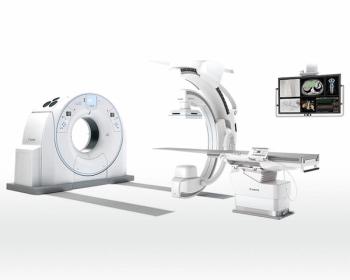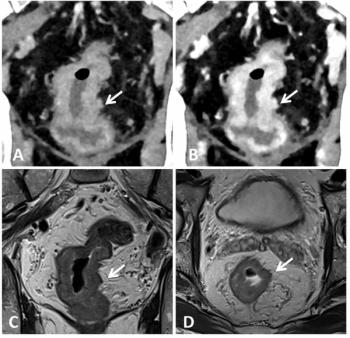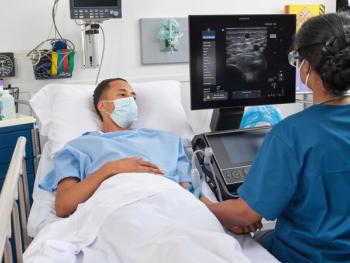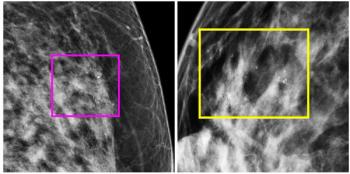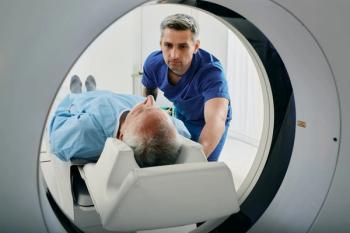
Raytheon to combine with E-Systems
Acquisition-minded defense firm E-Systems found itself on the other end of a buyout offer thismonth. The Dallas company, which spent much of the past two yearsaccumulating PACS and archiving firms, has agreed to be acquiredby fellow defense contractor
Acquisition-minded defense firm E-Systems found itself on the other end of a buyout offer thismonth. The Dallas company, which spent much of the past two yearsaccumulating PACS and archiving firms, has agreed to be acquiredby fellow defense contractor Raytheon. E-Systems is the parentof E-Systems Medical Electronics (E-Med), which it formed afterbuying PACS developers Advanced Video Products and Image Data(SCAN 11/4/92 and 10/26/94).
E-Systems and Raytheon, of Lexington, MA, announced last weekthat they had entered into a definitive agreement in which Raytheonwould acquire E-Systems in a tender offer worth $64 a share, a41% premium over E-Systems' price before the announcement wasmade. E-Systems' stock surged to $64 a share on news of the merger.
The transaction is valued at about $2.3 billion and requiresgovernment approval and Raytheon's receipt of a majority of E-Systemscommon shares outstanding.
E-Systems will become a wholly owned subsidiary of Raytheonand will maintain its Dallas headquarters and corporate identity.E-Systems chairman and CEO Lowell Lawson will retain those titlesand will join Raytheon as an executive vice president.
Wall Street analysts offered conflicting opinions on the merger.Several questioned the hefty purchase price, which was perceivedas a strategy to avoid the bidding wars that have plagued otherdefense industry consolidations. On the other hand, there is littleoverlap in the companies' products.
The acquisition's impact on E-Med, if any, is hazy. For itspart, Raytheon took steps to diversify into telemedicine in 1993by debuting Medtel, an interactive video system introduced inpartnership with Interactive Telemedical Systems. The move wasa step back into the medical imaging market, which Raytheon exitedwhen it sold off its Raytheon Medical Systems business in 1988(SCAN 10/12/88).
Newsletter
Stay at the forefront of radiology with the Diagnostic Imaging newsletter, delivering the latest news, clinical insights, and imaging advancements for today’s radiologists.

